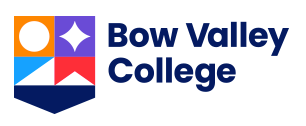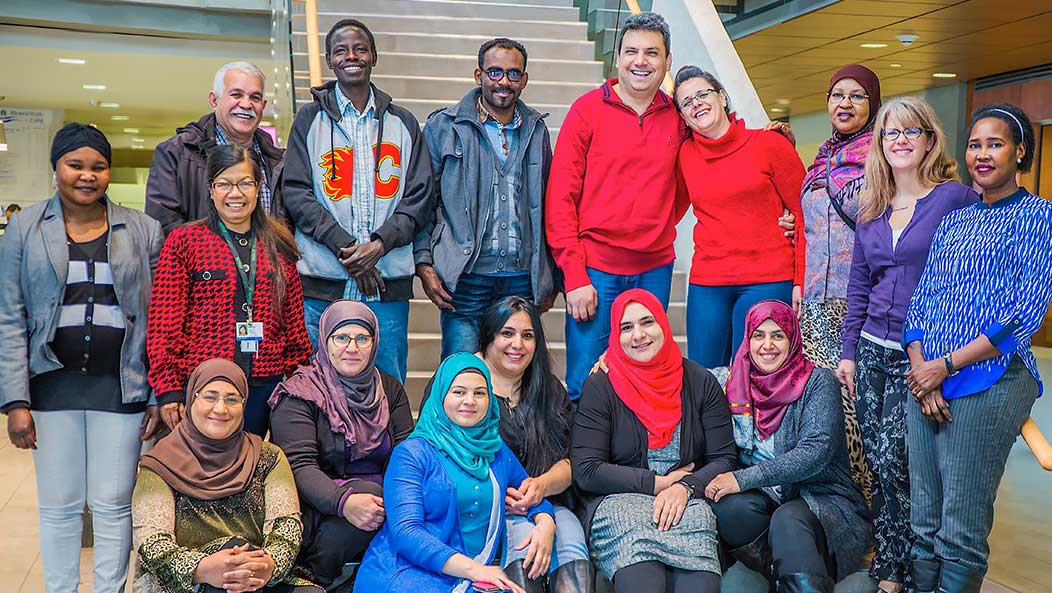Intersectionality
An intersectional approach is helpful for successfully creating culturally responsive and inclusive programs. It requires recognizing that the challenges and contributors to the wellbeing of clients is “never the result of single, distinct factors. Rather, they are the outcome of intersections of different social locations, power relations, and experiences” (Hankivsky 2014).
Intersectionality is a framework that encourages us to think about the multiple and intersecting identities that shape our lives. We all belong to multiple groups and possess a collection of identities. Sometimes we choose these identities, other times they are attributed to us by those around us.




